0086 13635632360
0086 13635632360
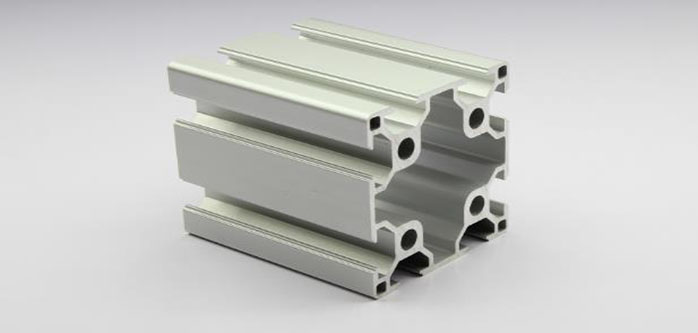
Aluminum is a versatile metal that has a significant impact on nearly every industry in the global economy. This is especially true for transportation. If you use a vehicle to get from one place to another, aluminum plays a role in making it possible. As concerns grow about climate change and rising greenhouse gas levels, the transportation industry faces increasing scrutiny for its impact on global warming. That’s why manufacturers are looking for lightweight, efficient and clean solutions to make transportation more sustainable. The use of aluminum in the transportation industry continues to increase over time. Aluminum applications in automobile manufacturing The average person might be surprised to find out how much aluminum is in their cars and trucks. This is because when most people think of aluminum, the first thing that comes to mind is beverage cans or aluminum foil, both of which are very light and easily crushed. This doesn't seem like the kind of material you'd want your vehicle to be made of. But the truth is, the same properties that apply to aluminum cans are what make it an ideal solution for modern transportation. Aluminum is favored by manufacturers and designers for its high strength-to-weight ratio, good corrosion resistance, and durability. Aluminum is also impact-resistant, capable of absorbing kinetic energy in a collision. The ability to reduce weight by half while maintaining safety levels has made aluminum an important material for most automotive companies. A lighter car is a more fuel-efficient car; this allows weight reduction in many key systems in the vehicle, including the engine, transmission, suspension, etc. Today, everything from engine blocks to wheels may be made of aluminum. Application of aluminum in aviation field Just like aluminum is ideal for cars and trucks because of its combination of strength and light weight, it's also an important material for building airplanes. The typical fuselage of a modern aircraft is made of 80% aluminum. The fuselages, wings and support structures of commercial aircraft are likely to be made of aluminum, which is responsible for their shiny metallic appearance. Another huge advantage of aluminum is its ease of formability, which is why many machined parts and complex shapes on aircraft are often made from aluminum. While many different alloys may be found in aircraft, only one is known as an aerospace aluminum alloy: 2024. Primarily alloyed with copper, it is known for its high strength-to-weight ratio and good fatigue resistance. It is commonly found on wings and fuselages. Other common alloys used in aircraft are 6061, 7075, 3003 and 5052. In addition to aircraft, modern rockets and spacecraft also rely on aluminum. Getting off the ground is hard enough, but getting out of the Earth's atmosphere requires more thrust, so every ounce that can be shaved off of a spacecraft helps save money and fuel. This makes high-performance aluminum alloys even more important. Public tr...
Read More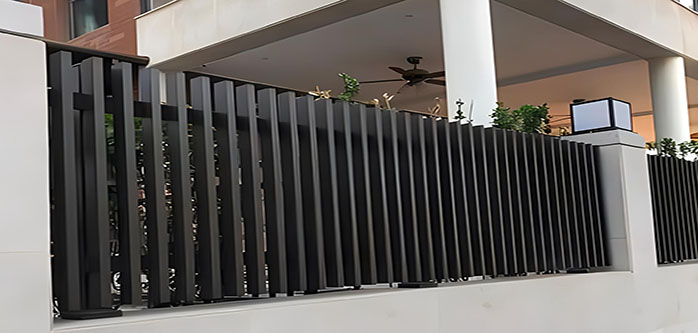
The Rising Popularity of Aluminum Alloy Fences for Stairs and Balconies Aluminum alloy fences, integral for enhancing both the safety and aesthetic appeal of stairs and balconies, are seeing a surge in preference among homeowners and builders alike. Constructed from high-grade aluminum alloy through sophisticated welding or assembly techniques, these fences offer a perfect blend of functionality and style. Here are the key reasons behind their growing popularity: 1. Lightweight and Simple Design Aluminum alloy fences boast a modular design, eliminating the need for visible welding or screws. This not only ensures a sleek appearance but also guarantees stability without any risk of loosening or detachment. Their lightweight nature, being significantly lighter than iron, steel, or bronze, simplifies handling, shipping, and installation, making them a cost-effective choice. 2. Exceptional Durability and Corrosion Resistance Unlike traditional materials, aluminum offers superior durability, capable of enduring high stress and impacts due to its remarkable flexibility. Furthermore, treatments like anodizing significantly enhance the corrosion resistance of aluminum alloy fences, ensuring long-lasting performance and minimal maintenance. 3. Elegant and Versatile Aesthetics Thanks to the anodizing process and other finishing techniques, aluminum fences can achieve a sophisticated metallic sheen or a variety of textured appearances, catering to diverse design preferences. This versatility makes them an attractive option for modern and traditional settings alike. 4. Unmatched Safety Employing high-strength aluminum alloy as the core material, these fences provide exceptional tensile and compressive strength, offering robust protection without compromising on design. 5. Wide Range of Color Options After thorough research and experimentation, the design of aluminum alloy fences not only prioritizes safety but also aesthetic appeal. With a broad spectrum of customizable colors, these fences can be tailored to meet individual tastes and seamlessly blend with different architectural styles. Conclusion Aluminum alloy fences are increasingly favored for their combination of aesthetic versatility, lightweight design, and superior safety features. Ideal for both residential and commercial applications, their durability, ease of installation, and minimal maintenance requirements make them a smart choice for anyone looking to enhance the safety and appearance of their stairs and balconies. As awareness of these benefits grows, aluminum alloy fences are set to become a preferred option in architectural design.
Read More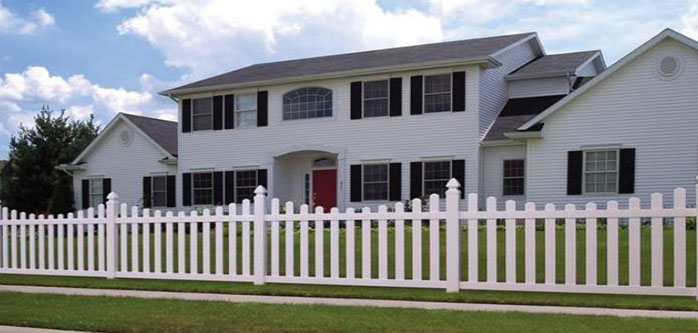
Having a courtyard at home is actually a very happy thing. You can have various kinds of grass in your spare time, and you can also set up a leisure area to drink coffee in the afternoon and watch the stars in the evening. It is comfortable and romantic. In addition to the common leisure area layout, aluminum alloy fences are also very important elements in courtyard design. Different line structures will reflect different visual effects. For the safety and anti-theft of people and property at home, we often choose to install aluminum alloy guardrails, which can play a very good anti-theft role. If you want to design an aluminum alloy guardrail, how to install it effectively? How to install aluminum alloy guardrails and What are the precautions? Don’t worry, today I will tell you how to install the aluminum alloy guardrail. Hope it helps you! It turns out that the installation of aluminum alloy guardrails is so simple. You really don’t know if you can’t see it. Clean up debris and dust on site, and repair and smooth uneven surfaces. 2. Measure the length, and then determine the column distance between the aluminum alloy guardrails based on the total length to determine the column distance. 3. Then start drilling holes and install expansion bolts at the location of each column. 4. Install the columns and fix them with tools such as hammers. 5. Place the aluminum alloy fence between the columns of the slot and fix it. Aluminum alloy corrosion protection materials have unparalleled advantages. Aluminum plus various metal elements made of various alloys have the characteristics of light weight and high strength, and can be extruded into various new composite profiles for use in various periods.
Read More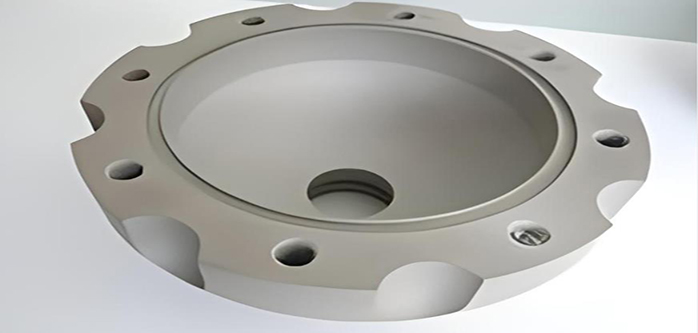
Aluminum alloy is a common lightweight metal material with excellent thermal conductivity and excellent mechanical properties, and is widely used in industrial manufacturing and daily life. However, the surface of aluminum alloys is susceptible to oxidation, reducing its corrosion resistance and aesthetics. In order to improve the surface properties of aluminum alloys, a surface treatment technology called micro-arc oxidation has been developed. Micro-arc oxidation, also known as electrolytic micro-arc oxidation, electrolytic oxidation, anodizing, etc., is a process that uses the micro-arc discharge phenomenon generated in the electrolyte to generate a dense oxide film on the surface of aluminum alloys. This oxide film has high hardness, good wear resistance and corrosion resistance, and can effectively improve the surface properties of aluminum alloys. The process of micro-arc oxidation is relatively complex, mainly including several steps such as pre-treatment, electrolyte formula, micro-arc oxidation equipment and post-processing. First, the aluminum alloy surface needs to be cleaned and degreased to ensure the adhesion of the oxide film. Then, select an appropriate electrolyte for formulation. Commonly used electrolytes include sulfuric acid, chromium sulfate, tartaric sulfate, etc. Next, an aluminum alloy product is used as an anode and placed in an electrolytic cell. A certain voltage and current are applied to cause micro-arc discharge in the electrolyte. Under the action of micro-arc discharge, an oxidation reaction occurs on the surface of the aluminum alloy, forming a dense oxide film. Finally, the oxide film is sealed to increase its corrosion resistance and hardness. The oxide film of micro-arc oxidation is mainly composed of alumina and silicate and has a porous structure. This porous structure not only increases the surface area of the oxide film, but also improves its adhesion and wear resistance. In addition, the aluminum oxide particles in the oxide film also have good corrosion resistance and can effectively protect the aluminum alloy substrate from corrosion. Therefore, the aluminum alloy treated by micro-arc oxidation has high corrosion resistance, hardness and wear resistance. Micro-arc oxidation technology is widely used in aerospace, automobile manufacturing, building materials and other fields. In the aerospace field, micro-arc oxidation technology can be used to manufacture aerospace engine parts and aircraft casings to improve their high temperature resistance and corrosion resistance. In the field of automobile manufacturing, micro-arc oxidation technology can be used to manufacture automobile engine blocks, body structural parts, etc., to improve their wear resistance and corrosion resistance. In the field of building materials, micro-arc oxidation technology can be used to manufacture aluminum alloy doors, windows, curtain walls, etc. to improve their weather resistance and corrosion resistance. Micro-arc oxidation of...
Read More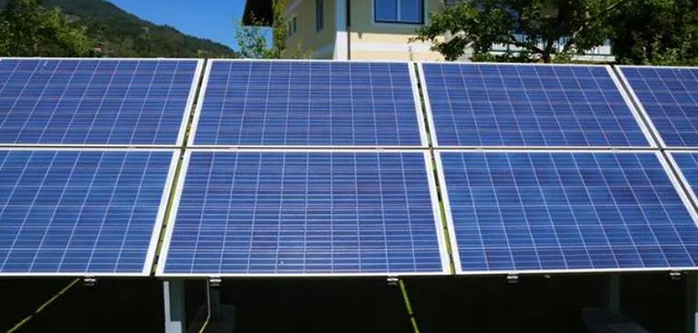
With the widespread application of solar photovoltaic technology, photovoltaic frames, as an important accessory, are gradually attracting people's attention. Photovoltaic frames not only provide protection for solar panels, but also have the advantages of beauty and ease of installation. This article will introduce in detail the functions, types, advantages and application scenarios of photovoltaic frames. 1. The role of photovoltaic frame (1)Protect solar panels: Photovoltaic frames can protect solar panels from damage from the external environment, such as wind, rain, snow and other natural factors as well as man-made damage. (2)Improve power generation efficiency: The design of the photovoltaic frame can reduce reflection and scattering on the surface of the solar panel, thereby improving the power generation efficiency of the solar panel. (3)Enhance structural stability: Photovoltaic frames are usually made of high-strength materials, which can improve the support and stability of solar panels and ensure their normal operation in various environments. 2. Types of photovoltaic frames (1)Classification by material: Photovoltaic frames can be divided into aluminum alloy frames, stainless steel frames, plastic frames, etc. Frames of different materials have different characteristics and applicable scenarios. 3. Advantages of photovoltaic frames Beautiful and elegant: Photovoltaic frames can enhance the overall appearance of solar panels and make them more beautiful and elegant. Convenient installation: Photovoltaic frames are usually designed with ease of installation in mind, making the installation process simpler and faster. Easy maintenance: The photovoltaic frame has good weather resistance and stability, which can reduce the number of maintenance times and reduce maintenance costs. 4. Application scenarios of photovoltaic frames (1)Residential buildings: In residential buildings, the use of photovoltaic frames can protect solar panels, improve power generation efficiency, and at the same time enhance the green image of the residence. (2)Commercial buildings: Commercial buildings such as office buildings, shopping malls, etc. can use photovoltaic frames to improve the stability and power generation efficiency of solar panels. (3)Public facilities: Public facilities such as schools and libraries can use photovoltaic frames to achieve green energy supply and improve energy efficiency. At the same time, photovoltaic frames can also enhance the structural stability of solar panels. (4)Industrial facilities: Industrial facilities usually require large amounts of power support. By installing solar panels with photovoltaic frames on factory roofs or facades, you can reduce electricity costs and increase energy efficiency. (5)Rural areas: Photovoltaic frames can be used in rural areas to improve the stability and power generation efficiency of solar panels. At the same time, the photovoltaic frame can also protect the solar panels from the natural ...
Read More online service
online service 0086 13635632360
0086 13635632360 sales@sxalu.com
sales@sxalu.com 008617309695108
008617309695108